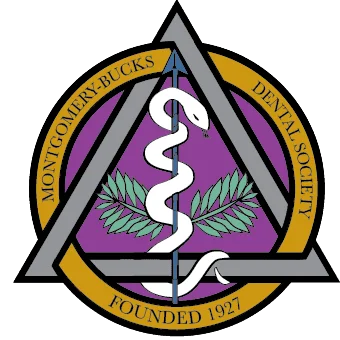The medical term for dry mouth is xerostomia (“xero” – dry; “stomia” – mouth), something that many of us have experienced at some point in life. However, for some people it can be a chronic condition that is ideal for promoting tooth decay. It can also be a warning sign of a more serious health condition.
Dry mouth occurs when there is an insufficient flow of saliva, the fluid secreted by the salivary glands. Your major salivary glands are located in two places: inside the checks by the back top molars and in the floor of the mouth, with about six hundred tiny glands scattered throughout your mouth. And many people are surprised to learn that when they are functioning normally, saliva glands secret between two and four pints of saliva per day! While this may sound like a lot (and it is), saliva is key for buffering or neutralizing acids in the mouth. Without this powerful protection, tooth decay can increase quickly. This is especially true for older individuals who have exposed tooth root surfaces.
It is also important to note that there are times when mouth dryness is perfectly normal. For example, when you wake, you will probably have a slightly dry mouth because saliva flow slows at night. Another example is if you are dehydrated when it is simply a warning sign that you need to drink more fluids (especially water). Other causes for temporary dry mouth include stress as well as what you consume: coffee, alcohol, onions, and certain spices.
You can also have a dry mouth due to a side effect from an over-the-counter (OTC) or prescription medication. If it turns out that this is the cause in your case, you need to talk to the prescribing physician to see if there is something else you can take to avoid this side effect. If there are no substitutes, one tip you can try is to take several sips of water before taking the medication followed by a full glass of water, or chew gum containing xylitol, which moistens your mouth and decreases the risk of tooth decay.
Another cause of dry mouth is radiation treatment for cancer in the head and neck region. Yes, these treatments are crucial for fighting cancer; however, they can inflame, damage or destroy salivary glands. You can also have dry mouth from certain systemic (general body) or autoimmune (“auto” – self; “immune” – resistance system) diseases, diabetes, Parkinson’s disease, cystic fibrosis and AIDS (Acquired Immune Deficiency Syndrome).
To learn more, continue reading the Dear Doctor magazine article “Dry Mouth.” Or, you can contact us today to ask your questions, discuss your circumstances or schedule an appointment.













 (215)-368-1424
(215)-368-1424
